In the pale dawn light, a line of men solemnly stream into a mountain tunnel, with full bellies but heavy hearts. After enjoying breakfast with their family, they had set out once again for the underground work that could one day, without warning, claim their lives.
All day long, cartload after cartload of black gold is pulled out from this tunnel until midafternoon, when men begin to stream out again. They are black from head to toe, sweaty and exhausted. Their bellies are empty but their hearts are now full, for they have cheated death in the coal mine for one more day and can now return home with a few dollars in their pockets.
Such is the impression of a day in the life of a Taiwanese coal miner that one gains when visiting the Houtong Miner’s Culture & History Museum (猴硐礦工文史館) in New Taipei City’s Ruifang District (瑞芳). The stories and artifacts here are especially vivid and undeniably authentic as they are presented by retired coal miners themselves. They poured their blood, sweat and tears into this place, both literally when they worked underground here from the 1960s to 1980s, and now figuratively in the superb museum they have created from scratch in just four years, using money from their own meager pensions.
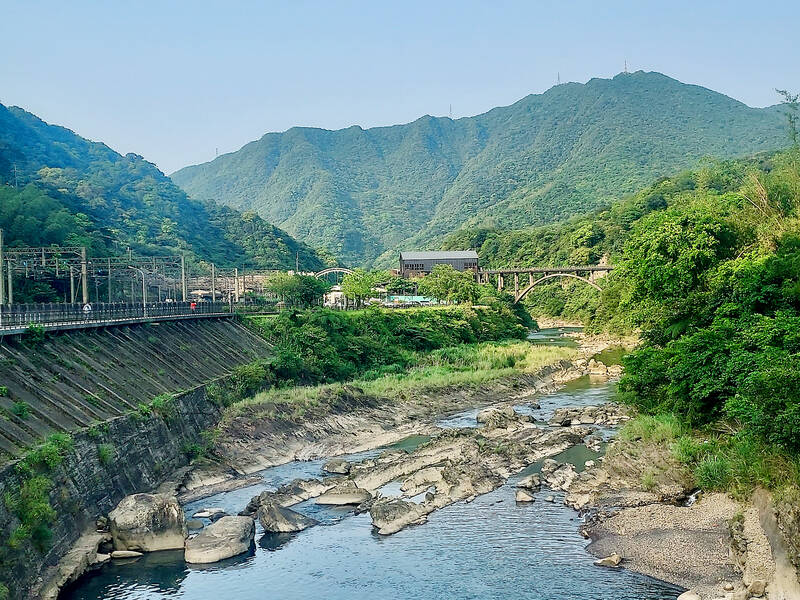
Photo: Tyler Cottenie
The miners feel that the government has long neglected this important chapter of Taiwanese history, and with the last generation of miners now past middle age, their stories will soon fade away without a concerted effort at preservation. The industry barely gets a mention in the education system, despite the central role it played in Taiwan’s rapid economic development. For decades, coal was indispensable to Taiwan’s national defense, transportation, industry and even home life, but these economic benefits came at the cost of disease, injury and death to countless miners.
The founders of the museum hope that as everyone enjoys the benefits of Taiwan’s prosperity, these sacrifices will not be forgotten.
MOST PRODUCTIVE MINE
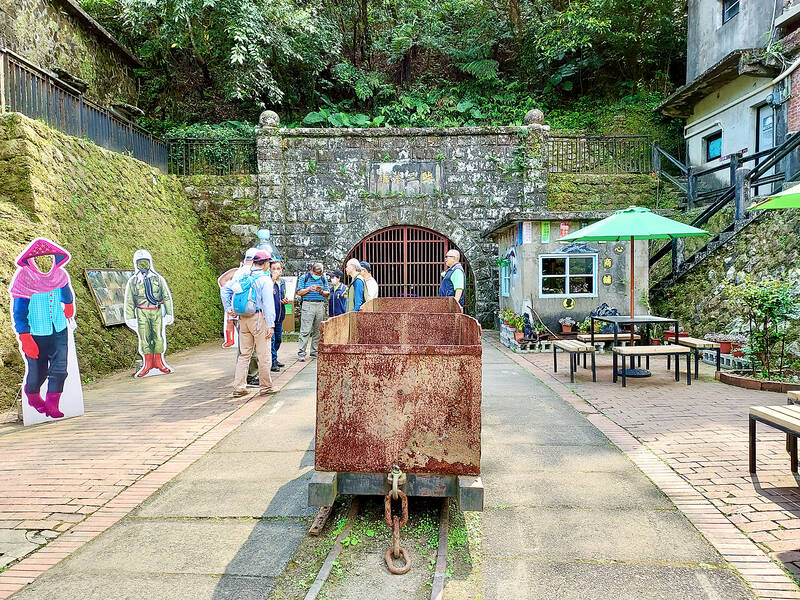
Photo: Tyler Cottenie
The museum is in the former offices of the Ruisan Mining Company (瑞三煤礦), right next to the entrance to the company’s “original mine,” one of many they operated. This particular mine was the most productive of Taiwan’s 394 coal mines, due in part to its size. It stretches horizontally for 6km, nearly to the famous Shifen Waterfall (十分), and downward nearly half a kilometer. The total length of coal cart tracks laid down in the shafts here totals 300km, and this still does not include the length of all the drifts reaching out from either side of these tracks where the coal was actually excavated.
This mine began operations in 1930 and was taken over by the newly formed Ruisan company in 1934. Starting as early as the 1960s, energy demands in Taiwan began to shift away from coal toward petroleum, but coal mines were still profitable.
Domestic coal later helped soften the effects of the energy crises of the 1970s. By the mid-1980s, however, the price of imported coal dropped below that of domestic coal. This and a series of mining accidents that killed 289 people in a single year finally sounded the death knell for the industry, and Ruisan ceased all operations in 1990.
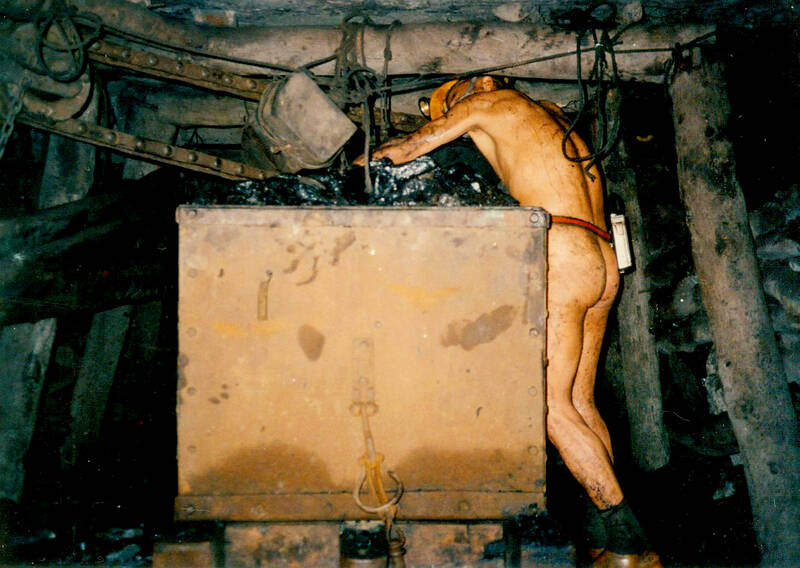
Photo courtesy of Chou Chao-nan
HAZARDS OF MINING LIFE
Accidents were a common occurrence in the early days of mining in Taiwan. The death rate for coal miners was an astounding 12 percent, while the injury rate was around 800 percent, meaning that every miner was nearly certain to be injured multiple times throughout his or her career.
Major mining accidents were mostly of two kinds: collapses and explosions. The former were more common, but only affected one or two people at a time, while the latter happened less often but had the potential to kill dozens all at once.
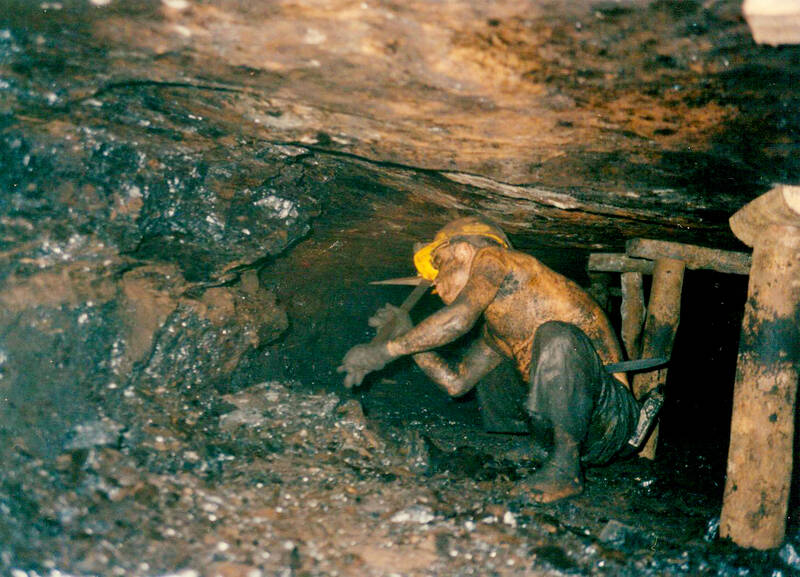
Photo courtesy of Chou Chao-nan
The coal veins here are only 30–60cm high, so the drifts were never cut very high, and miners often had to lie on their backs or sides to excavate the thin vein of coal. After every meter or so, they had to install supports made of acacia timber to prevent the roof from collapsing on them as they continued to extend the drift. Nevertheless, the sound of cracking wood was an all too familiar sound in the mines, and one everyone dreaded, as it announced the imminent collapse of one of the drifts.
An explosion could claim many more lives, as an entire section of the mine shaft turned into a giant pipe bomb. Methane released from coal veins or airborne coal dust, in sufficient concentrations, could be instantly ignited by a spark or heat source. Special detectors for these airborne hazards were used in the mines and are now on display in the museum, but accidents still occurred.
Coal dust that didn’t kill miners instantly through an explosion still posed a health risk in the form of pneumoconiosis. This lung disease is brought on by prolonged exposure to coal dust. There is no cure or treatment, and symptoms can continue to worsen even after a person has stopped working in the mines.
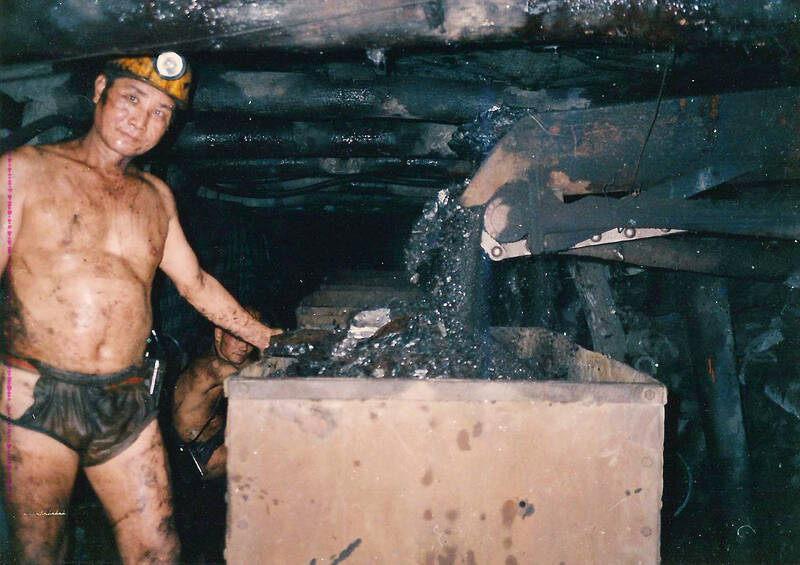
Photo courtesy of Chou Chao-nan
Japan was not a signatory to the Underground Work (Women) Convention, 1935, which prohibited women from working in coal mines, so dozens of women once worked in the Ruisan mines, doing the same manual labor as the men. The Republic of China did ratify this convention, but women still continued working in the mines here after the Chinese Nationalist Party (KMT) takeover.
As is common in Taiwan, rules aren’t always enforced until there is a problem. In 1963, a major accident caused the deaths of several married couples, turning their children into orphans overnight. The next year, urged on by then-first lady Soong Mei-ling (宋美齡), women were officially prohibited from underground mining work.
MUSEUM WITH A PERSONAL TOUCH
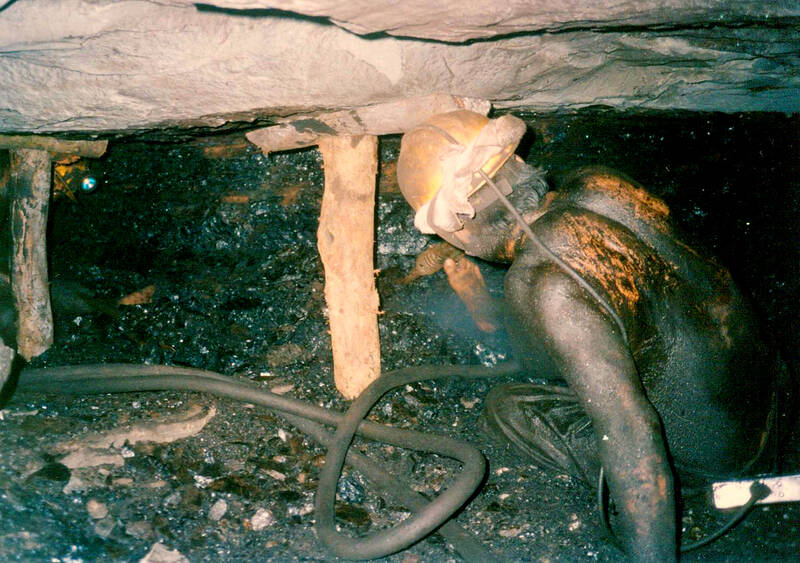
Photo courtesy of Chou Chao-nan
To reach the museum, walk south from Houtong Railway Station about 800m until you reach the end of the drivable road. Go through the underpass below the railway tracks on the right and continue straight to the museum. It is open every day except Monday, and staff are available for tours or to answer any questions, all free of charge. The miners are eager to share their stories with interested visitors.
The majority of the artifacts on display here were collected over the years by one of the museum’s founders, Chou Chao-nan (周朝南), who worked as a miner for over 30 years, starting at the age of 14. Even more impressive are the photographs on display, mostly taken by Chou himself. Decades ago, he took a camera into the mines to show others the cramped, filthy conditions of the coal drifts, and the stifling underground temperatures that caused most miners to work nearly or fully naked.
An even more personal touch is a trophy, which Chou and his coworkers were awarded by Ruisan for excavating the most coal of any team that year. For that year of hard work risking their lives to boost the company’s profits, they were awarded a bonus of NT$2,000.
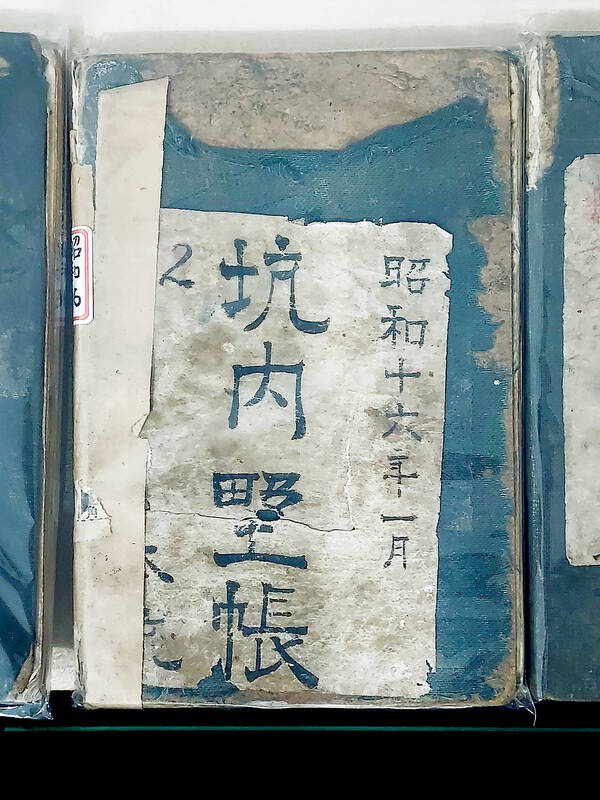
Photo: Tyler Cottenie
The museum also holds “Mining Life Memory Tours” (礦工生活記憶漫遊) several times per month (Chinese only, no charge). These are half-day walking trips covering several important mining operation sites in the Houtong area, guided by former miners.
This is your chance to learn more about the entire mining process and hear a firsthand account of what it was like to work here. Registration for this tour is done through their Facebook page, and all the tour dates for a given month are usually announced in the middle of the previous month.
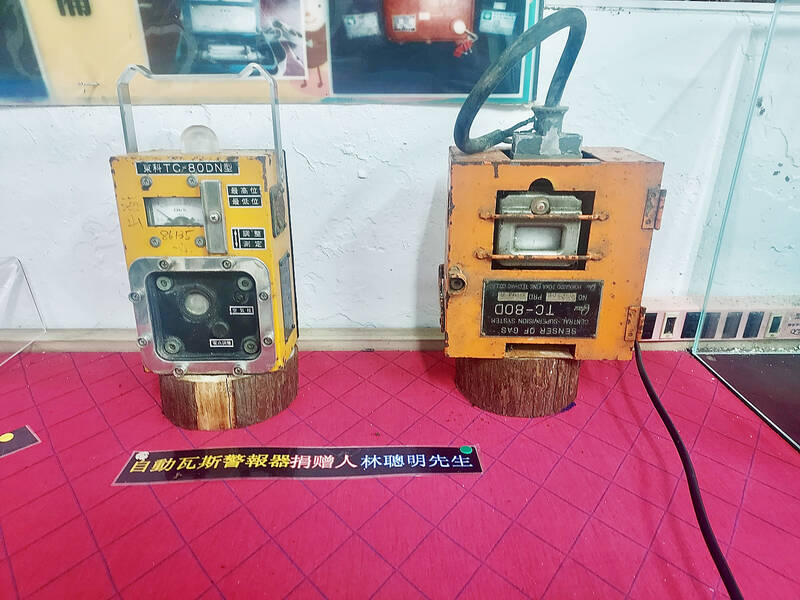
Photo: Tyler Cottenie
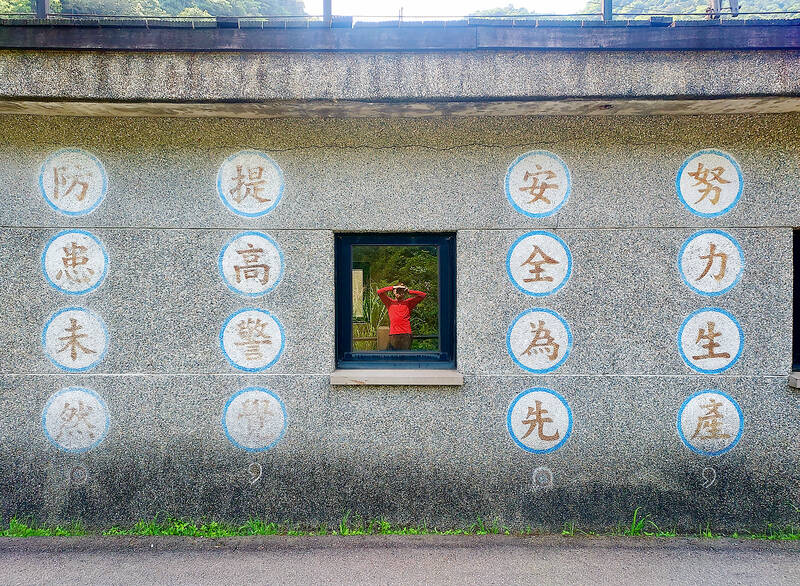
Photo: Tyler Cottenie
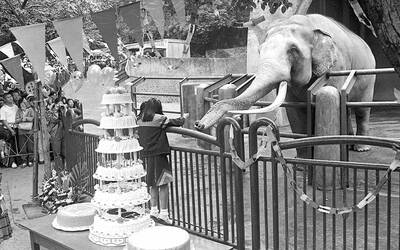
April 7 to April 13 After spending over two years with the Republic of China (ROC) Army, A-Mei (阿美) boarded a ship in April 1947 bound for Taiwan. But instead of walking on board with his comrades, his roughly 5-tonne body was lifted using a cargo net. He wasn’t the only elephant; A-Lan (阿蘭) and A-Pei (阿沛) were also on board. The trio had been through hell since they’d been captured by the Japanese Army in Myanmar to transport supplies during World War II. The pachyderms were seized by the ROC New 1st Army’s 30th Division in January 1945, serving
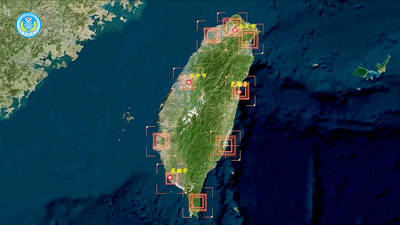
The People’s Republic of China (PRC) last week offered us a glimpse of the violence it plans against Taiwan, with two days of blockade drills conducted around the nation and live-fire exercises not far away in the East China Sea. The PRC said it had practiced hitting “simulated targets of key ports and energy facilities.” Taiwan confirmed on Thursday that PRC Coast Guard ships were directed by the its Eastern Theater Command, meaning that they are assumed to be military assets in a confrontation. Because of this, the number of assets available to the PRC navy is far, far bigger
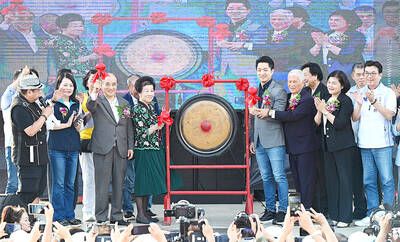
The 1990s were a turbulent time for the Chinese Nationalist Party’s (KMT) patronage factions. For a look at how they formed, check out the March 2 “Deep Dives.” In the boom years of the 1980s and 1990s the factions amassed fortunes from corruption, access to the levers of local government and prime access to property. They also moved into industries like construction and the gravel business, devastating river ecosystems while the governments they controlled looked the other way. By this period, the factions had largely carved out geographical feifdoms in the local jurisdictions the national KMT restrained them to. For example,
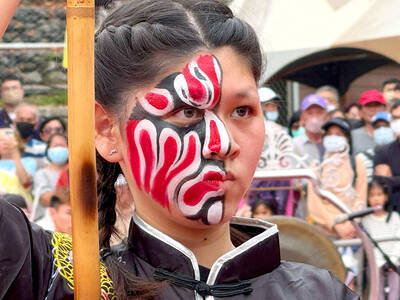
Shunxian Temple (順賢宮) is luxurious. Massive, exquisitely ornamented, in pristine condition and yet varnished by the passing of time. General manager Huang Wen-jeng (黃文正) points to a ceiling in a little anteroom: a splendid painting of a tiger stares at us from above. Wherever you walk, his eyes seem riveted on you. “When you pray or when you tribute money, he is still there, looking at you,” he says. But the tiger isn’t threatening — indeed, it’s there to protect locals. Not that they may need it because Neimen District (內門) in Kaohsiung has a martial tradition dating back centuries. On